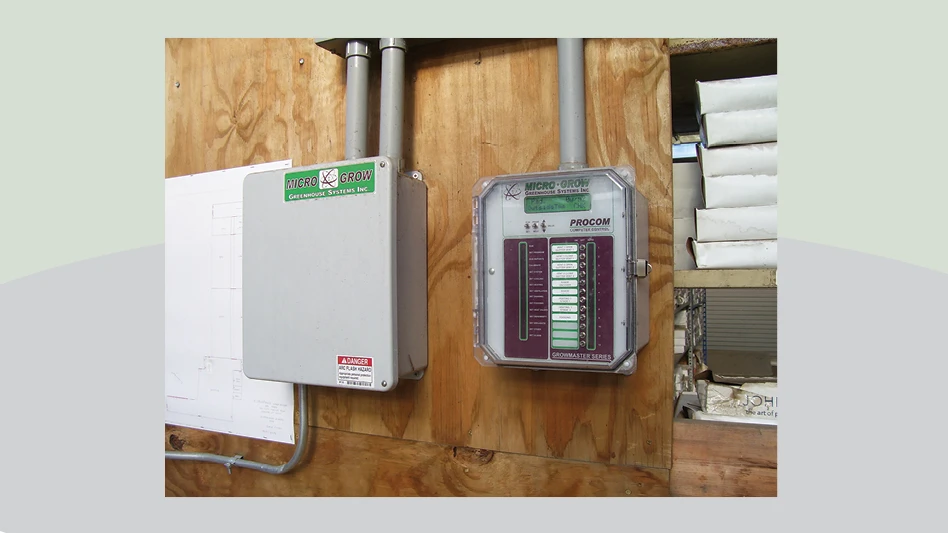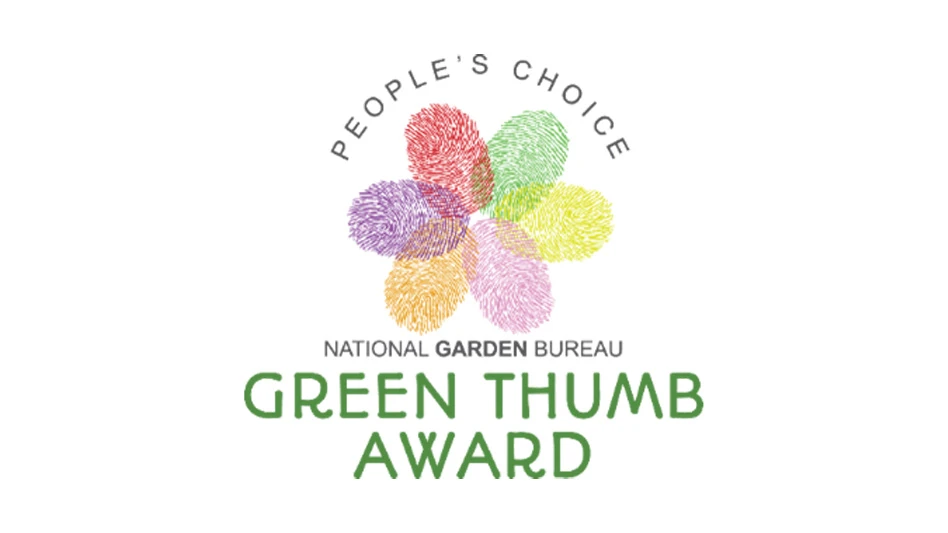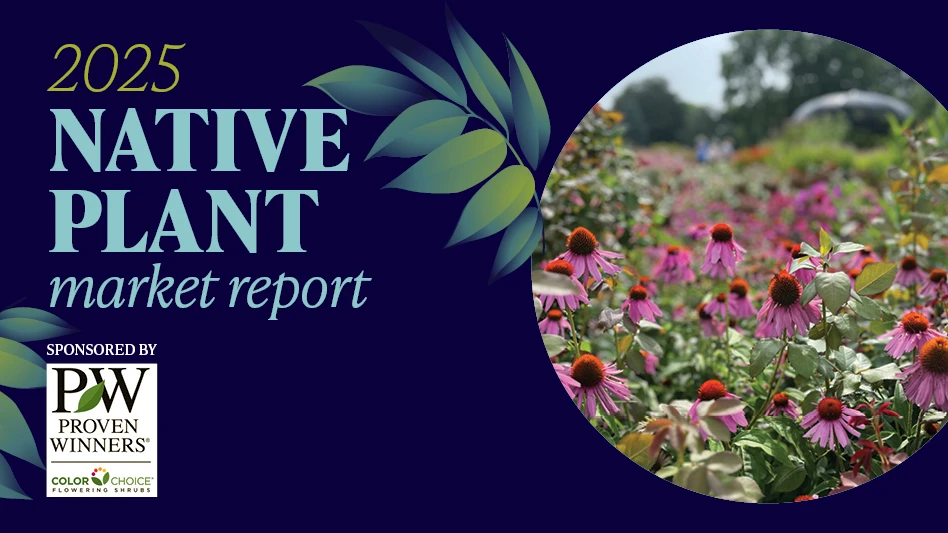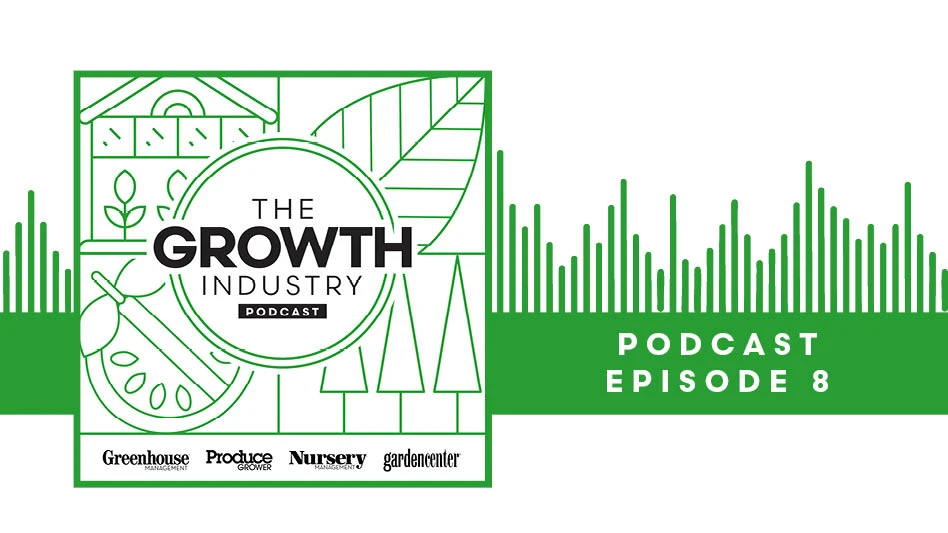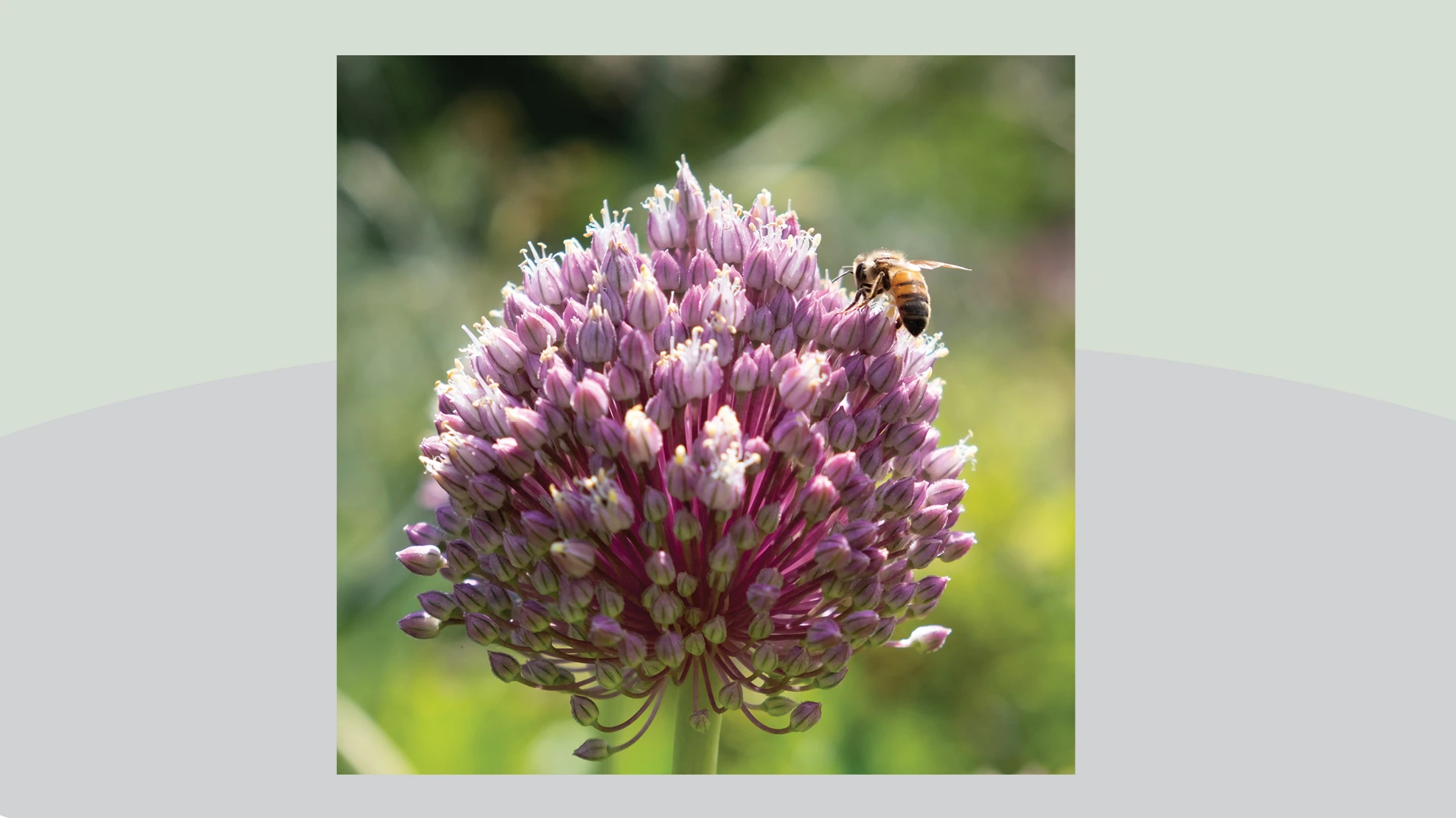|
 Growers know that better irrigation practices can reduce crop losses and improve quality. Charles Bauer, owner of Flowers by Bauers, a retail growing operation in Jarrettsville, Md., has discovered that new irrigation technology can accomplish both goals and save money too. Growers know that better irrigation practices can reduce crop losses and improve quality. Charles Bauer, owner of Flowers by Bauers, a retail growing operation in Jarrettsville, Md., has discovered that new irrigation technology can accomplish both goals and save money too.
The company, which has been in operation since 1975, has gained a reputation for producing quality cut snapdragons year-round. Bauer has managed to stay competitive with both domestic and foreign growers because of his attention to detail and understanding the physiological and environmental requirements of snapdragon production.
Battling Botrytis
Bauer is focused on snapdragons' water and nutrient needs. When he noticed he was having more problems with Botrytis during postharvest last spring, he sought to find the source of the disease and how to prevent it. University of Maryland plant pathologist Karen Rane helped Bauer get to the root of the problem literally, since it was the roots where the problem originated.
The perlite grow bags that Bauer was using as a substrate stayed too wet overnight, allowing the snapdragon roots to take up water all night. While the roots were taking up water, the plants were not transpiring resulting in increased turgor pressure in the stems. This pressure caused cracks in the stems allowing the sap to leak out. The cracks created entry points for Botrytis spores. The high sugar content of the sap allowed the Botrytis to reproduce quickly. Within a few days, the flower stems would collapse. At times as much as 40 percent of Bauer's crop was affected.
Gaining control
Knowing the cause of the disease, Bauer decided he needed better irrigation control. After consulting with University of Maryland professor John Lea-Cox, Bauer sought to determine just how much water was being held by the perlite.
 Moisture sensors were installed in the perlite, which enabled Bauer to monitor the water content in real-time from his desktop computer. The data provided by the sensors gave Bauer the information he needed to better control irrigation. Moisture sensors were installed in the perlite, which enabled Bauer to monitor the water content in real-time from his desktop computer. The data provided by the sensors gave Bauer the information he needed to better control irrigation.
To minimize Botrytis problems, Bauer gradually allowed the perlite to dry out by stopping irrigation in the afternoon. This adjustment prevented the perlite from staying wet during the night. The sensors also enabled Bauer to better time the irrigation to coincide with the crop's water use during the day. The result was more consistent quality and elimination of Botrytis problems.
Before installing the sensors, 65 percent of Bauer's snapdragon crops during the summer were No. 1 quality grade. The sensors helped Bauer increase his summer crop quality grade to nearly 90 percent, his best year on record.
Watering annuals
All crops, including annuals, are affected by how they are irrigated. A study was conducted at the University of Georgia to determine the impact of irrigation on annuals. Ageratum, dianthus, impatiens and petunia were grown in substrates containing a water content of 10-45 percent (10 percent water content means 10 percent of the substrate volume is taken up by water). A water content of 10 percent feels dry to the touch. A 45 percent water content is close to what can be maintained without leaching.
Plant species respond differently to water content. Impatiens and ageratum do poorly in very dry substrates and respond dramatically to increasing amounts of water in the substrate. Petunia and dianthus tolerate dry substrates much better and their growth does not increase as much in wetter substrates.
Some species, like petunia and dianthus, appear to be better at extracting water from the substrate, allowing them to survive and grow under dry conditions. Other species, such as ageratum and impatiens, are not good at taking up water under dry substrate conditions. These plants won't grow and may die in dry substrates.
 A problem with Botrytis was traced back to the perlite grow bags that stayed too wet overnight. A problem with Botrytis was traced back to the perlite grow bags that stayed too wet overnight. |
"Best" water content
There is no water content that is optimal for every plant. What we have found is that the growth of most annual plants slows down when the substrate has less than 20 percent water. For most species, good quality plants can be grown at water contents of 20 percent and higher. However, the higher the water content, the greater the risk of excessive stretching and the more growth regulators may need to be applied.
Being able to better control irrigation may result in less need for growth regulators. But remember that drier substrates do not just reduce stretching, but may inhibit branching as well.
Measuring water content
If you want to determine how dry or wet your substrate is, consider purchasing a handheld soil moisture sensor. Sensors are available from Decagon, Dynamax and Spectrum Technologies. A senor allows you to take readings throughout the crop cycle providing objective information about the impact of irrigation practices. Take measurements before and after irrigation to get a better idea of the irrigation's effectiveness. If you're concerned about leaching, shorten the irrigation duration and use the sensor to determine if the substrate is receiving enough water.
Sensors can be used to set up simple guidelines for when to irrigate. Rather than telling employees to irrigate when the substrate is getting dry, they can irrigate when the substrate water content drops below 15-20 percent, for example. Implementing these objective thresholds can assure consistency, regardless of which employee may be watering on a particular day.
 Tracking irrigation data Tracking irrigation data
If this type of irrigation information is critical to your greenhouse production, consider installing a network of sensors that can be connected to wireless data loggers. The information can be collected in real-time to a computer.
These sensor networks have several advantages. The collected, stored data is easily accessible from one central location. This enables you to determine which crop did well or poorly and if there were root disease problems.
Installation considerations
Installing a wireless network is not cheap. It costs about $1,000 per node. A node is a wireless data logger with up to five sensors, which can measure substrate water content, air temperature, relative humidity, light level, rain or leaf wetness.
Consider how much money is spent on fertilizer, growth regulators and pesticides. Would better irrigation control and reduced leaching help to control those costs? Do you have disease problems due to overwatering? If so, how much does that cost annually in regards to chemical controls, shrink and labor to apply controls and discard diseased plants each year? Although technology to monitor substrate water content can be a major investment, it may pay for itself in less than one year. Consider making water content measurements starting simply with a handheld sensor, and then decide whether installing a wireless sensor network makes sense for your operation.
For more: Flowers by Bauers, (800) 254-7650; www.flowersbybauers.com.
Marc van Iersel and Paul Thomas are professors at the University of Georgia, (706) 583-0284; mvanier@uga.edu. Stephanie Burnett is an assistant professor at the University of Maine. John Lea-Cox is professor, University of Maryland, (301) 405-4323.
American Floral Endowment and USDA-NIFA Specialty Crops Research program (Award No. 2009-51181-05768 provided funding, www.smart-farms.net.
|

 Growers know that better irrigation practices can reduce crop losses and improve quality. Charles Bauer, owner of Flowers by Bauers, a retail growing operation in Jarrettsville, Md., has discovered that new irrigation technology can accomplish both goals and save money too.
Growers know that better irrigation practices can reduce crop losses and improve quality. Charles Bauer, owner of Flowers by Bauers, a retail growing operation in Jarrettsville, Md., has discovered that new irrigation technology can accomplish both goals and save money too.  Moisture sensors were installed in the perlite, which enabled Bauer to monitor the water content in real-time from his desktop computer. The data provided by the sensors gave Bauer the information he needed to better control irrigation.
Moisture sensors were installed in the perlite, which enabled Bauer to monitor the water content in real-time from his desktop computer. The data provided by the sensors gave Bauer the information he needed to better control irrigation. 
 Tracking irrigation data
Tracking irrigation data 